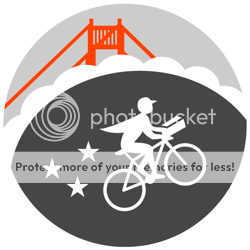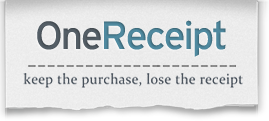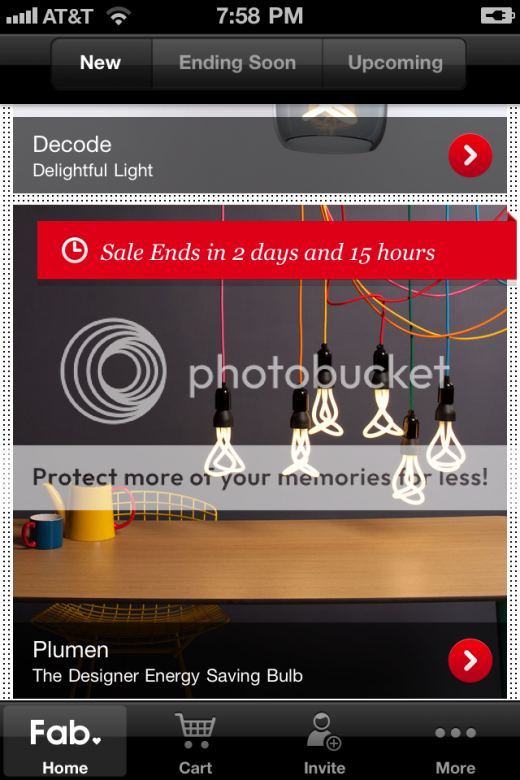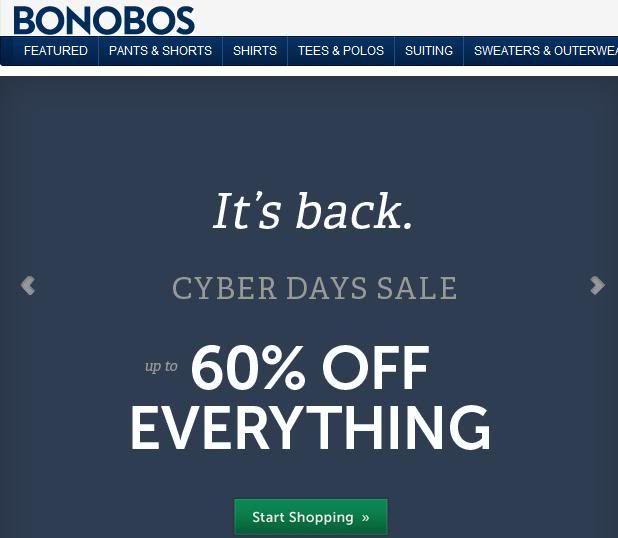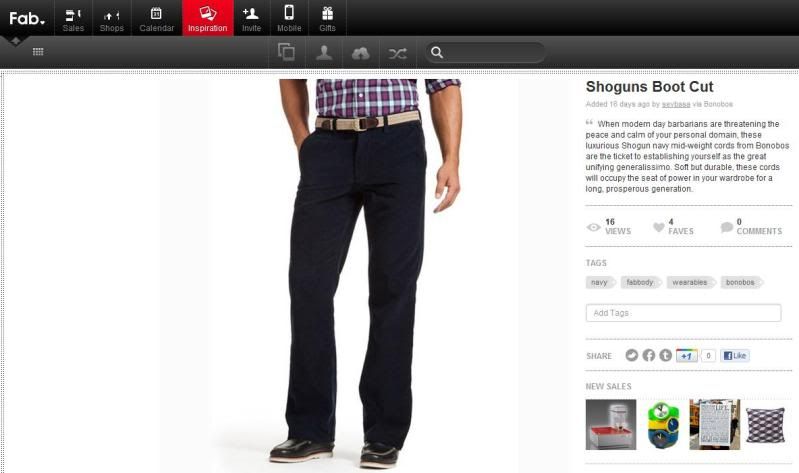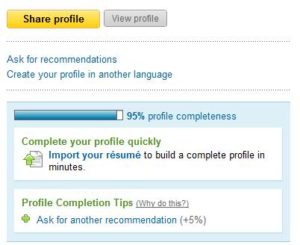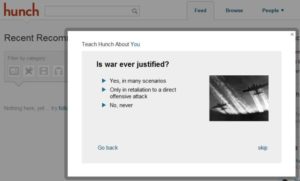Two specific, but highly related, points of view are gaining widespread acceptance among venture capitalists in the technology industry. The first is succinctly explained by venture capitalist Albert Wenger in a post called Facebook’s Real Mobile Problem: Unbundling. The gist of the post can be summed up by this comment: “Mobile devices are doing to web services what web services did to print media: they unbundle.” Fellow venture capitalist Andrew Weissman expanded on this idea in a post called The Great Fragmentation. In it, Andrew goes further, arguing that unbundling might be a core feature of the internet.
A second, but related point, is the emergence of the niche marketplace. Venture capitalist Andrew Parker has a post called The Spawn of Craigslist in which he shows how the behemoth marketplace Craigslist is getting slowly disrupted in a vertical-specific way. Venture capitalist Chris Dixon expands on this idea, saying that the only way to be successful as an online marketplace now is to take a vertical-specific approach.
Together, these venture capitalists describe a future in which there is a specific app or specific marketplace for every need a user might have. Instead of going to Craigslist to find an apartment, movers, a maid, a freelance web designer for your home business, a date, and last minute tickets, a mobile user would instead have an app for Padmapper, TaskRabbit, Homejoy, ODesk, HowAboutWe, and WillCall. The key to being a successful venture capitalist then shifts from finding businesses that tackle very large markets e.g. Craigslist to finding businesses that target markets that could be much bigger with unbundling e.g. Airbnb.
All of these VC’s are clearly smarter than me, but I take a somewhat contrarian view here. I hope the above example points out the main problem with this theory. In the above picture, in order for this mobile user to accomplish his/her goals, instead of needing to just know about and have an app for Craigslist, s/he now needs to know about and have apps for six separate businesses. One other thing venture capitalists agree on is that mobile app discovery is hard, and that the amount of apps mobile users will download and use is limited by both device memory as well as human memory. This same problem faces the sellers of services on marketplaces. With no aggregate marketplace, it may be harder for a seller of multiple services to know which ones exist for which product/service they are selling. Marketplaces thrive on a multitude of buyers and sellers. Unbundling of marketplaces makes building that two-sided network harder.
Something has to give here. You can’t have a future where everything is accomplished online via a mobile device, consumer’s preference on mobile is for apps, there will be hundreds of specific services for anything a user needs that are more powerful than aggregate services, app discovery is difficult, and people will only have 41 apps per phone. I think there is some sort of equilibrium here. Even if app discovery is solved (and that’s a hard problem), the rate of successful unbundling certainly seems like it has to be limited by 1) the amount of space on someone’s phone, and 2) user’s inability to be aware of hundreds of niche services they may need at any time. If you think a recommendation engine could solve this with big data, I recommend you read this article about how successful that’s been for other services.
If I had to guess, I would surmise that user unbundling will not be a trend in and of itself, even if it is a trend in technology startups building new businesses. Unbundling will continue when either 1) the frequency of the activity that is being unbundled is high (my standard would be weekly), or 2) the advantage of the unbundling is exponentially more valuable than the bundled version of the same activity. For criterion 2, that advantage will also be a moving target where the advantage has to become greater and greater to justify phone/brain space as more apps improve their utility. Number of apps per phone will continue to grow, but a decreasing rate, and with that growth, there will be a decreasing state of awareness for both apps that are on a user’s phone and ones that are not. If you doubt this, just think of how many websites you visit regularly. Think hard. It isn’t that high, is it? Now think about apps? Even less? Me too.
So, what does this all mean? Well, my take is that high frequency services like chat or picture taking continue to become unbundled from any aggregate services consumers use for them because of the ability of mobile to create superior user experiences for succinct actions. But, marketplaces that aggregate niche activities that users need only occasionally can continue to thrive e.g. eBay and Craigslist. One should expect only a handful of the dozens of services hoping to disrupt Craigslist or eBay or Amazon to survive, because of fantastic user experience or a high frequency of use. Finally, one should not be so quick to anoint the niche marketplace model as the emergence of mobile presents as many limitations to their success as it does opportunities for growth.



 Working in the startup world, I see a lot of ink written and a lot of who will “win” a market. That is, who will be that one service out of many competitors that eventually has all the users using it vs. any of today’s competition. Every industry in the startup world is assumed to be a winner take all market where “all” is world domination in some form. In some cases, this is true. If a market has strong direct network effects, it can definitely be the case. This is why Google+ is having such a difficult time becoming a legit competitor to Facebook. Facebook accumulated all of the value from direct network effects creating very large switching costs because with all your friends are on it already, and that made it more valuable to you than sites that didn’t have all your friends on it. But very few industries are like this, even in technology. There are many successful sites that have equally as successful competition and many positive components to co-opetition i.e. being friendly with competitors to make sure there is a market. Also, the ability to get out ahead of competitors is much harder with the ease of development and the cloning phenomenon.
Working in the startup world, I see a lot of ink written and a lot of who will “win” a market. That is, who will be that one service out of many competitors that eventually has all the users using it vs. any of today’s competition. Every industry in the startup world is assumed to be a winner take all market where “all” is world domination in some form. In some cases, this is true. If a market has strong direct network effects, it can definitely be the case. This is why Google+ is having such a difficult time becoming a legit competitor to Facebook. Facebook accumulated all of the value from direct network effects creating very large switching costs because with all your friends are on it already, and that made it more valuable to you than sites that didn’t have all your friends on it. But very few industries are like this, even in technology. There are many successful sites that have equally as successful competition and many positive components to co-opetition i.e. being friendly with competitors to make sure there is a market. Also, the ability to get out ahead of competitors is much harder with the ease of development and the cloning phenomenon.


